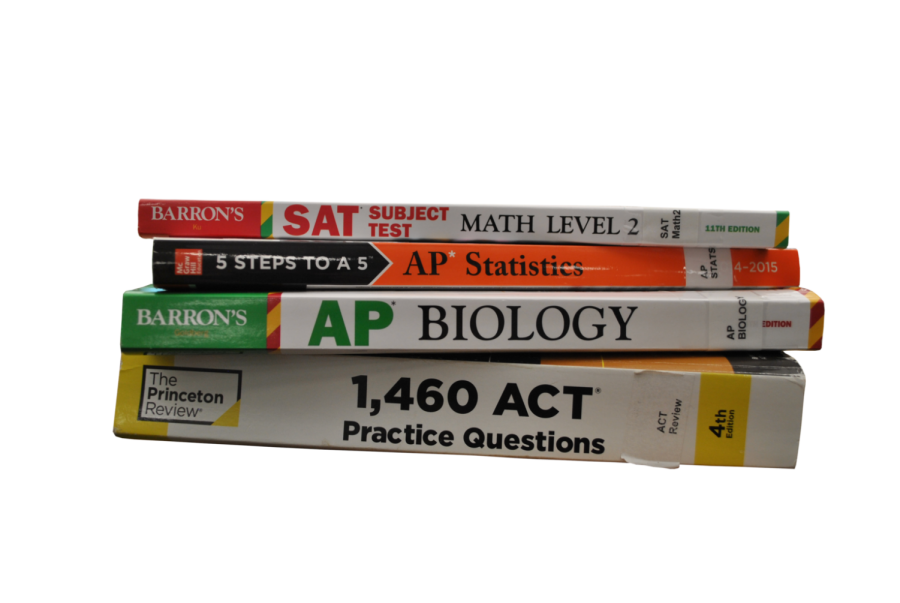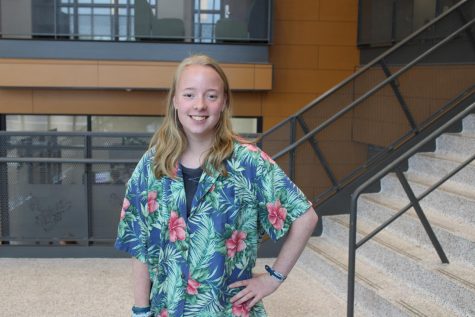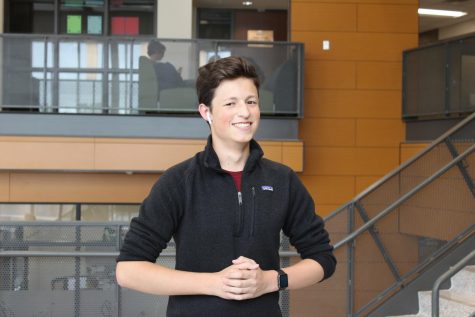EHS: a petri dish for stress and competition
October 15, 2019
Pink sheet. Gold sheet. ACT or SAT scores. Letters of recommendation. High GPA. Transcript full of advanced classes. Campus tours. These are just some of the tasks seniors at Edina High School need to check off of their list if they are planning to pursue secondary education after high school.
Ranked in the top ten percent of Minnesota High Schools by U.S. News & World Report in 2019 and racking up nearly 200 state championship wins, EHS is a school packed with promise. Coupled with the title of “#1 College Prep High School in Minnesota” (Niche 2019), success and the need for accomplishment thrive in the competitive environment.
The counseling department at EHS provides numerous resources for students who are pursuing secondary education, which includes frequent presentations, screencasts, walk-in meetings, and the College and Career Center located in the Media Center. While these resources are abundant and helpful by nature, the stress curated by students themselves and limited availability from counselors prevents the available resources from reaching their full potential. Senior Grace Chapdelaine is applying to eight colleges, and noted that the conversations among her friend group often turns to college and the fact that “the talk of [college applications] puts pressure on everyone.”
Although counselors are effective at managing the student body’s stress when they can, there is simply too much of it and too limited of time for everything to be perfectly balanced, an unfortunate downside of a public school with academics that rival private schools’. As statistics have proven, EHS has strong academics and high test scores that closely mirror those of private schools nearby. What they don’t have however, is an increased ratio of counselors to students. The Blake school in Minneapolis has five college counselors available at their Upper school, giving them a ratio of 1 counselor per 106 students. Meanwhile, EHS has nine counselors available, giving them a ratio of 1 counselor per roughly 305 students. Increasing the counselor per student ratio at EHS would increase the counseling staff’s availability and help students relieve more stress and pressure.
Most 17 and 18 year-olds haven’t made any life-changing decisions before their senior year and have limited life experience to base their choices off of. Coupled with the myriad of variables that they have to consider, it’s difficult to think realistically amidst the stressful situations senior and junior year creates. However hard, it’s crucial students take some steps back and lean on their resources to get new perspectives that can aid their decision making and stress levels.



